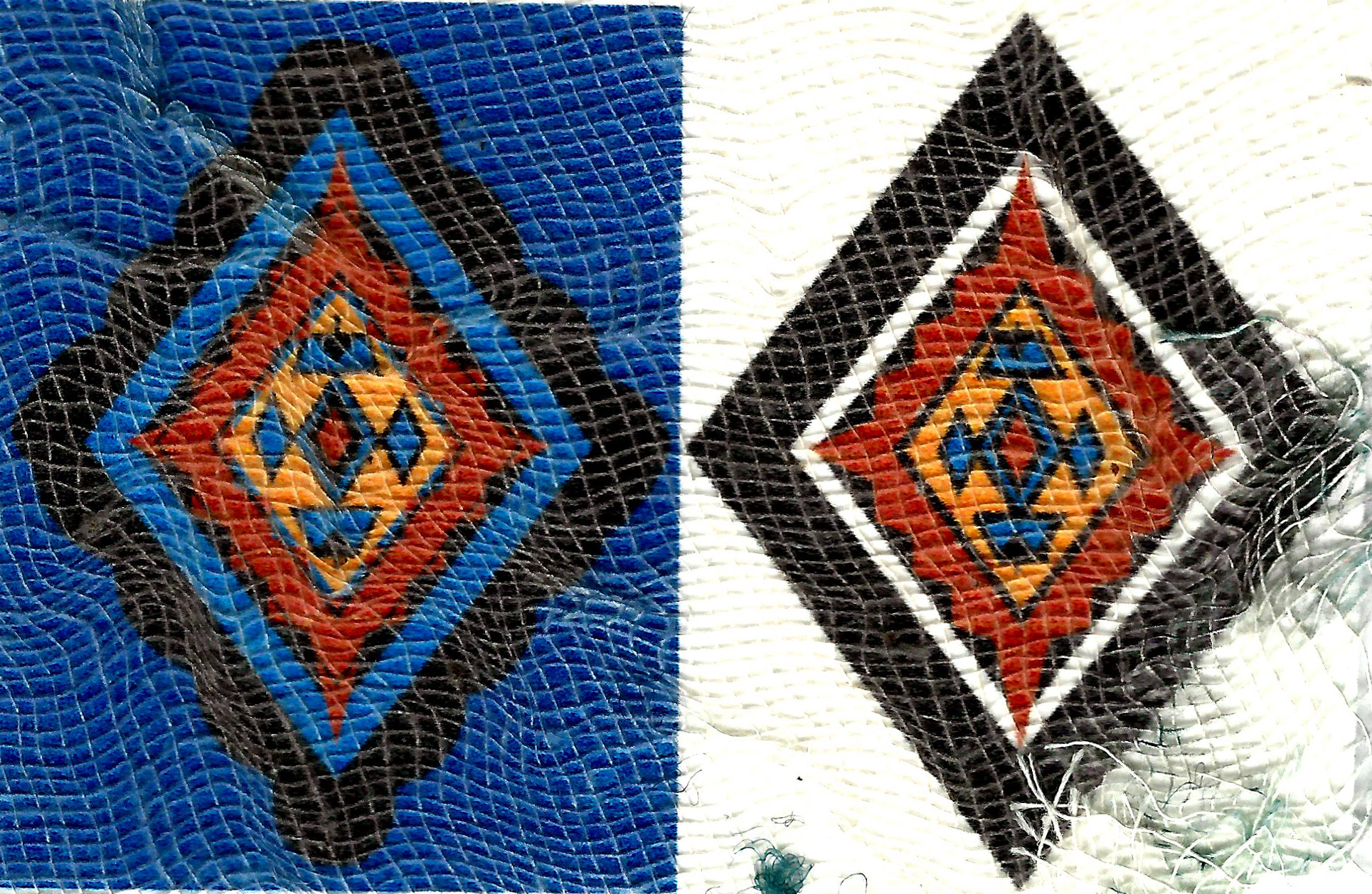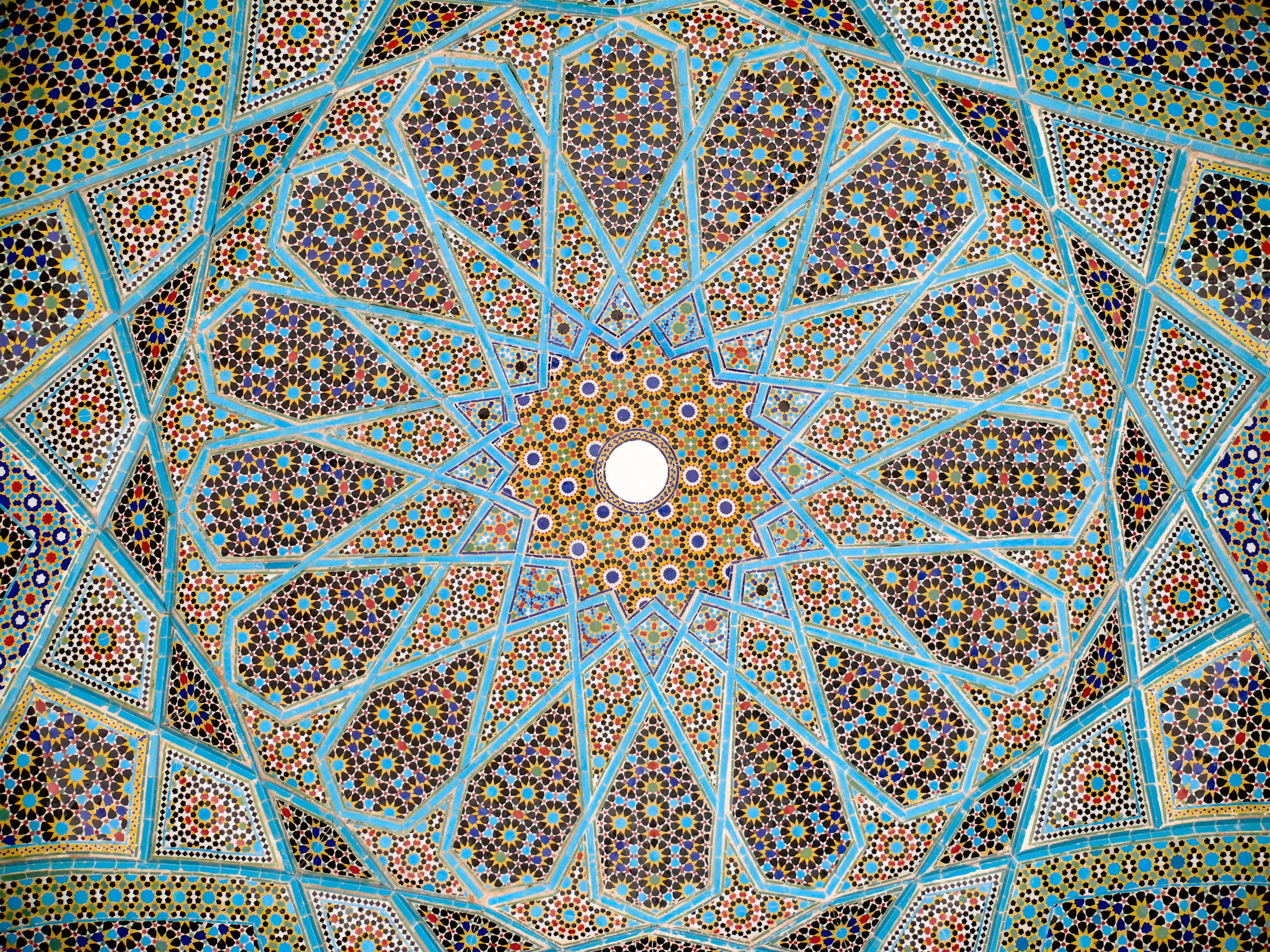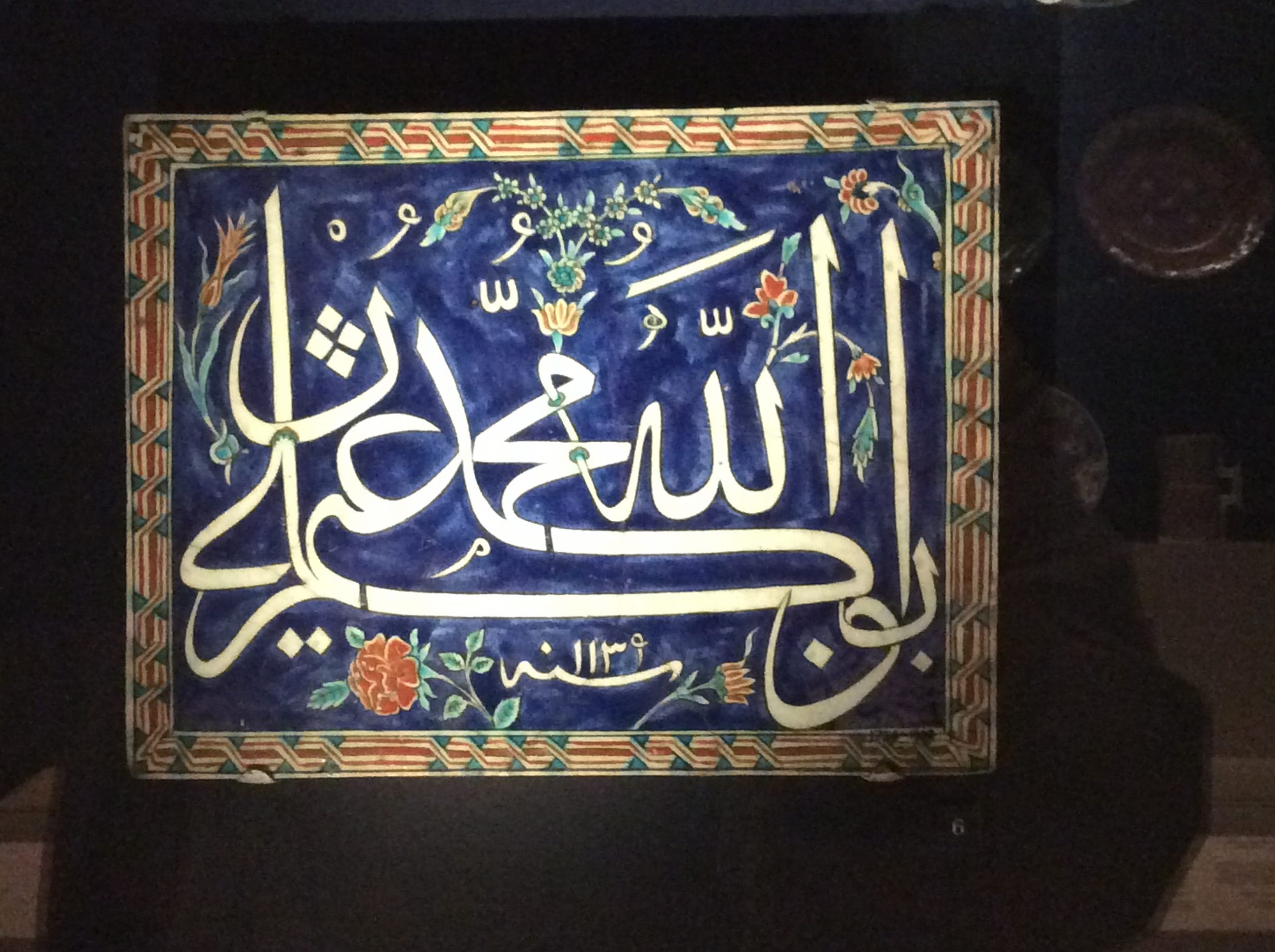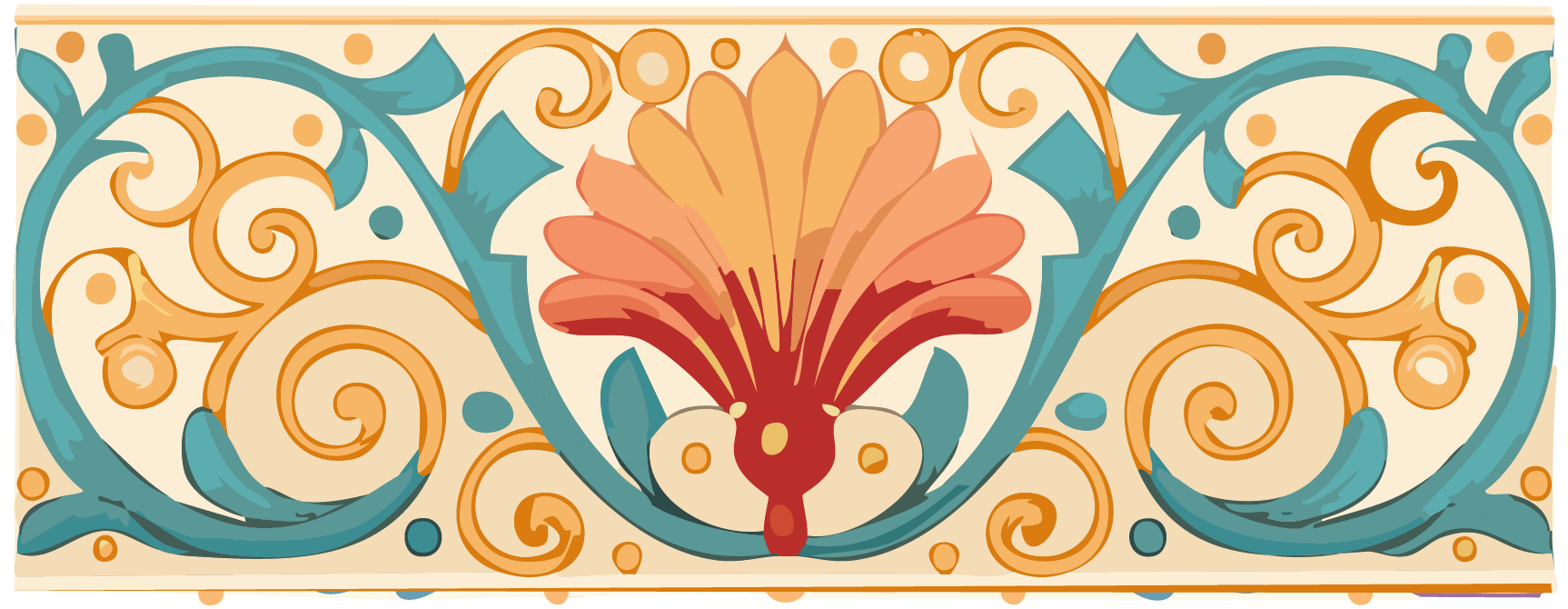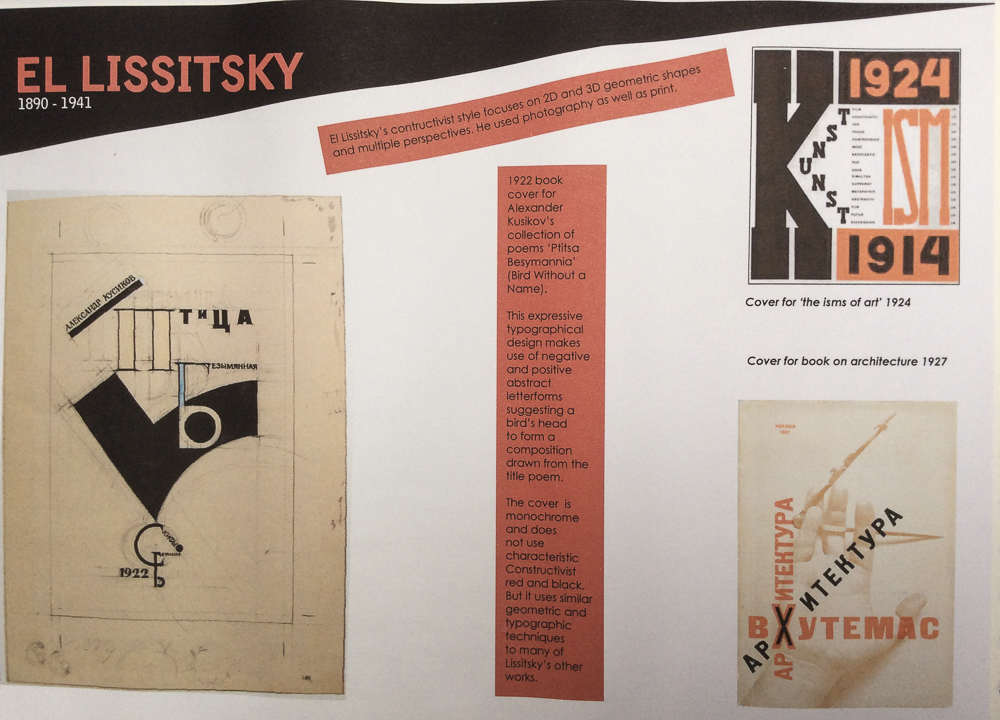There is a lot of disagreement about ‘colour in Islam’. Some colours appear to be recommended or forbidden. But this often differs between Quran and Hadith and different Islamic sects. There is very rich use of colour in arts and crafts in Islamic cultural traditions and modern visual creativity.



Pan-Arab colours
- White, black, green and red, dominate the flags of Arab states.
Green
Green (Arabic: أخضر) is considered the traditional colour of Islam.
- The Arabic word for “greenness” is mentioned several times in the Quran, describing the state of the inhabitants of paradise. Reclining on green Cushions and rich Carpets of beauty — Sura 55, verse 76. Upon them will be green garments of fine silk and heavy brocade, and they will be adorned with bracelets of silver; and their Lord will give to them to drink of a Water Pure and Holy. — Sura 76, verse 21. Al-Khidr (“The Green One”) is a Qur’anic figure who met and traveled with Moses.
- The Green Dome, traditional site of the tomb of Muhammad, was painted green on the order of sultan Abdul Hamid II (r. 1876–1909).
- Green was used as the colour of the banners of the historical Fatimid Caliphate. The Umayyads fought under green and gold banners. Green is also used in several national flags as a symbol of Islam. These include: Afghanistan, Algeria, Azerbaijan, Comoros, Iran, Mauritania, Pakistan, Saudi Arabia. and Sri Lanka.
Black
- The Abbasids chose black (blue) and fought under black banners.
- It is often worn by Shi’ite Muslims, who mourn the death of Husayn ibn Ali, killed at the Battle of Karbala. Black cloaks are worn by the ayatollahs, the Shi’a clergy. In many Shi’a countries, a black turban is worn only by male sayids, men who descend from Muhammad through his daughter Fatimah and his son-in-law Ali.
- Symbol of modesty in some Muslim cultures. It is the colour of the chador worn by devout Iranian Shi’ite women
- Black is considered the colour of mourning in Western and Mediterranean countries. But this is seen as a Christian tradition.
White
The colour white symbolizes purity and peace.
- Many Muslims wear the colour white when they attend Friday prayers and when performing sacred rites of pilgrimage.
- In Sunni tradition, Muhammad wore a white kufi (head cap) with a black amaana (turban).
- The Umayyads chose white for their battle standards when they fought the Abbassid during the Caliphate period
- It has appeared on many Islamic flags since.
Red
Has no religious significance.
- Some claim the hadith forbids the wearing of pure red clothing, it should be mixed with patches of other colours
- Various countries on the Persian Gulf have chosen red flags
Blue and turquoise
many Islamic towns in the middle east, tend to have blue color? for example, the also many houses in sana city of yemen also painted the windows and the doors in blue color? even the villages in santorini Island of greece also painted in blue and white?………..the nazar bonjuk of turkey also in the blue color. Do you think is it possible that they painted the houses in blue, blue green, white and light yellow is because those soft colors are counteract the high color of the heat desert?
Turquoise
The colour turquoise greenish blue, has a special cultural place in Islam, though apparently not clear religious significance.
- decoration of mosques and other buildings in Middle East: blue town of Chefchaouen in Morocco, blue town of Sidi bu Said in Tunisia, blue mosque and blue rooms in Topkapi palace of Turkey, blue in mosques of Isfahan and Shiraz in Iran
- used in coats of arms, so that they could not possibly be mistaken for their Muslim opponents in the heat of battle.
Yellow
- The yellow colour of gold symbolizes wisdom.
Brown
- Brown is often believed to symbolize purity and peace.

